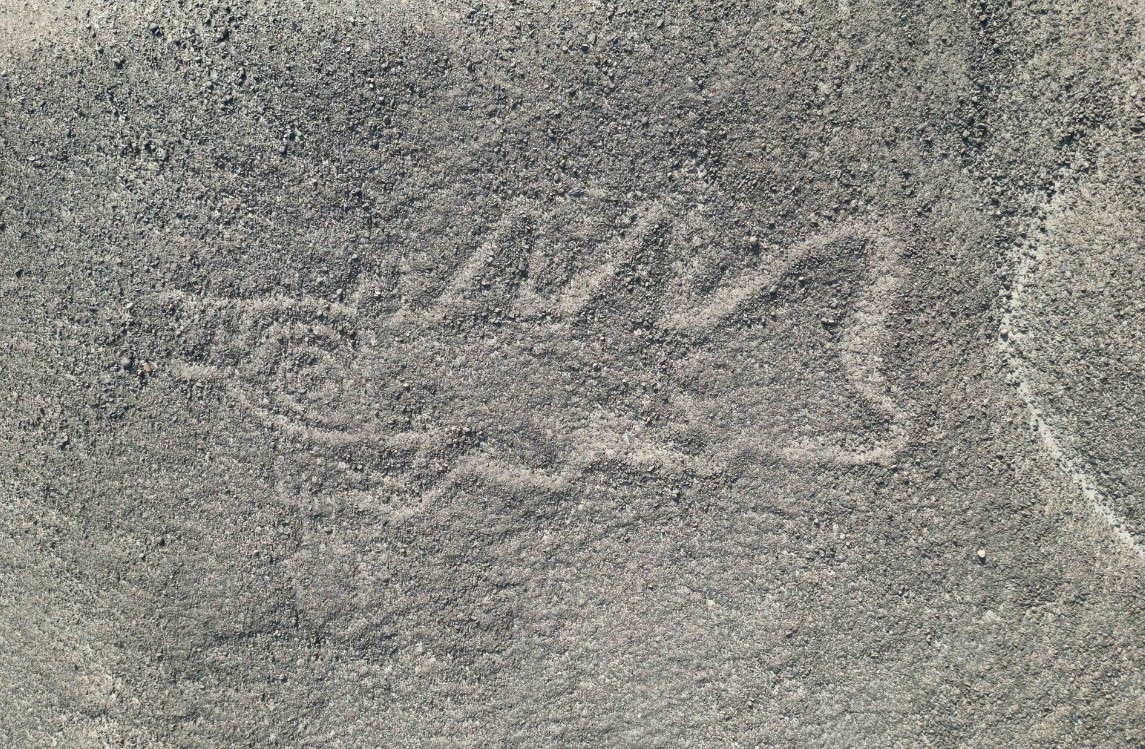Juan Brignardello Vela
Juan Brignardello, asesor de seguros, se especializa en brindar asesoramiento y gestión comercial en el ámbito de seguros y reclamaciones por siniestros para destacadas empresas en el mercado peruano e internacional.




An exciting discovery has taken place in the Nazca Pampas, Peru, where a team of researchers has revealed 303 new geoglyphs thanks to artificial intelligence. This finding, the result of a joint effort between Yamagata University in Japan and IBM Research, has doubled the number of confirmed geoglyphs in the region, once again highlighting the importance of technology in modern archaeology. The research, published in the prestigious Proceedings of the National Academy of Sciences (PNAS), promises to offer a new perspective on the mysterious past of the Nazca civilization. The newly discovered geoglyphs are of varied nature, including abstract humanoid figures, domestic animals, fish, birds, and even a surprising 22-meter-long “killer whale” holding a knife. These findings expand the understanding of the cultural expressions of the ancient inhabitants of the region, who left their mark in the desert, creating a vast legacy that has intrigued both archaeologists and tourists alike. The researchers have noted that the linear geoglyphs, which mainly represent wild animals, suggest that these gigantic lines on the ground could have had a community-level ritual purpose. They are distributed along a complex network of geoglyphs, indicating an intentional design, possibly linked to ceremonies or social cohesion activities. This interpretation underscores the relevance of the geoglyphs not only as art but also as part of a broader cultural system. In contrast, the relief-type geoglyphs, which include representations of humanoids and camelids, seem to have been conceived for a different purpose. These geoglyphs, generally visible from specific paths, could have functioned as “billboards” to communicate information about human activities and the domestication of animals. This communicative function highlights the social intelligence of the Nazca civilization, which employed these representations to inform and connect its people. The findings also allow for a more precise dating of these ancient works of art, which are estimated to have been created between 200 B.C. and 500 A.D. by the Nazca, a pre-Incan civilization. Using advanced analytical techniques, researchers have been able to reconstruct part of the history of how these geoglyphs were made by removing the upper layers of desert pebbles, revealing the lighter soil beneath. This discovery not only contributes to archaeology but also raises questions about the sustainability and conservation of these geoglyphs, which have been threatened by factors such as mining, uncontrolled tourism, and climate change. The scientific community and local authorities must work together to ensure that this cultural heritage is not lost over time. With the advent of artificial intelligence in archaeological research, a new horizon opens up for the discovery of other geoglyphs and archaeological remains in different parts of the world. The use of advanced technology can accelerate the discovery process and provide more precise tools for interpreting the past. In an era where technological advancements are rapid and surprising, the study of the Nazca geoglyphs highlights the intersection between science and culture. This particular project demonstrates how international collaboration and a multidisciplinary approach can unravel the mysteries of ancient civilizations, offering a window into the past that continues to reveal secrets. As research continues in the Nazca Pampas, the legacy of the Nazca civilization is reaffirmed, reminding us of the importance of preserving and studying our history. Artificial intelligence has not only facilitated the discovery of new artistic forms but has also renewed interest in one of the most enigmatic wonders of the ancient world. The Nazca Pampas remains a place of awe and exploration, where each new finding adds another layer to the rich history of humanity.
Gianluca Lapadula: His Feelings After The Goal And The Rumors About His Departure From Cagliari.

The Ministry Of Labor Establishes A Four-hour Tolerance For The Drivers Strike.

"Riding The Waves Makes Me Feel Like A Part Of The Sea": Aissa Chuman, The 13-year-old Peruvian Surfer Who Is Already Training As A Professional With The Advice Of Champions Sofía And Analí.





:quality(85)/cloudfront-us-east-1.images.arcpublishing.com/infobae/7PFNW2PEKZCFLK45RFUVMRYXFE.jpg)